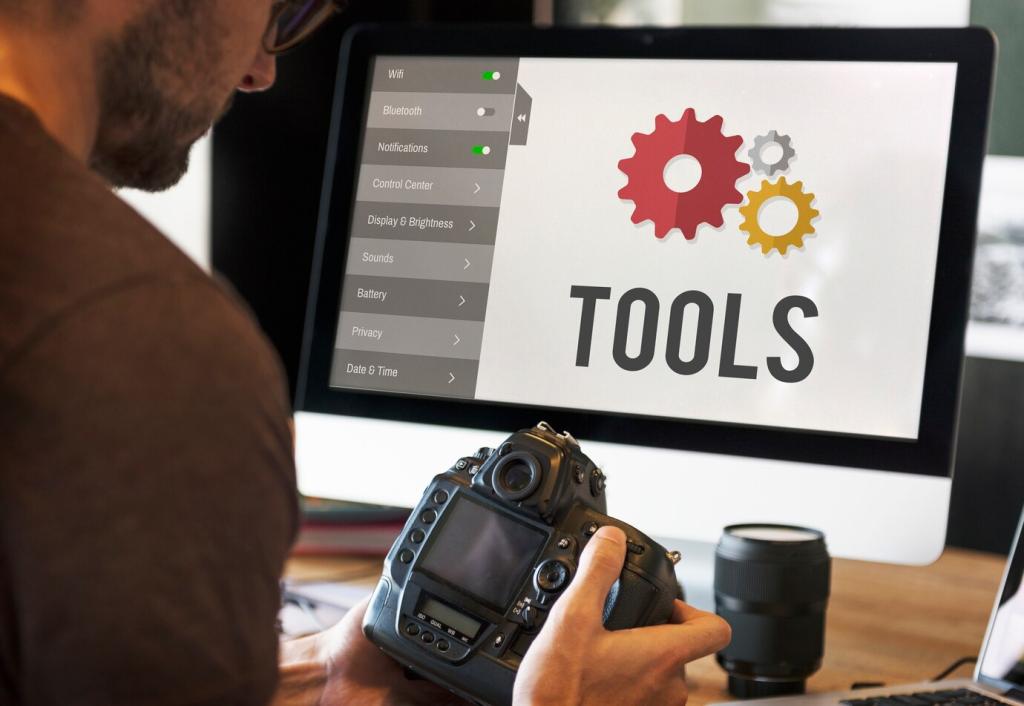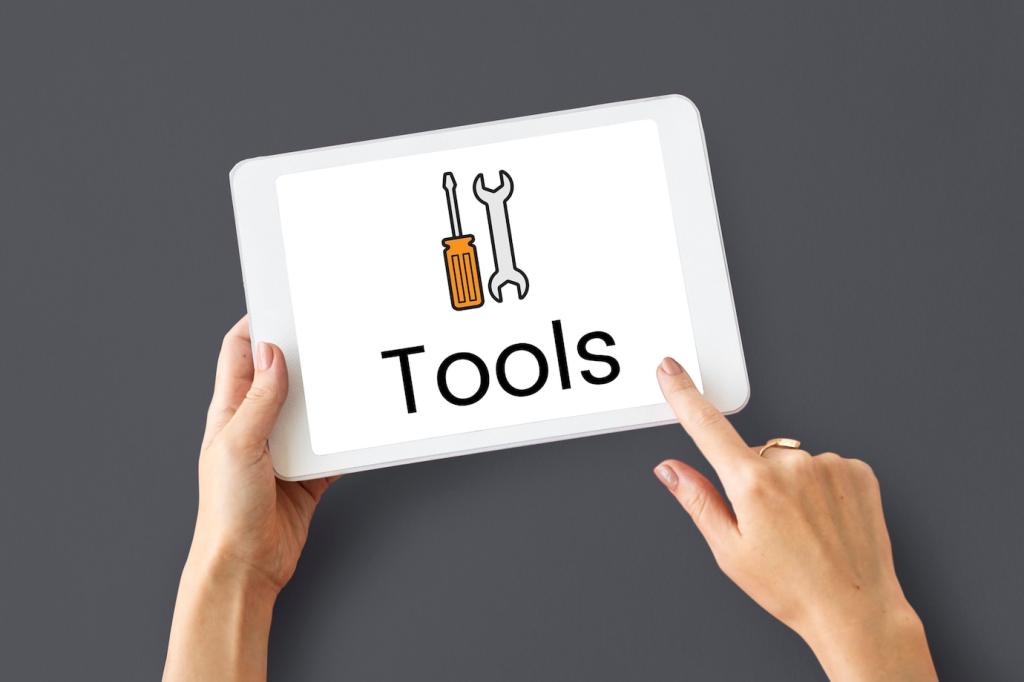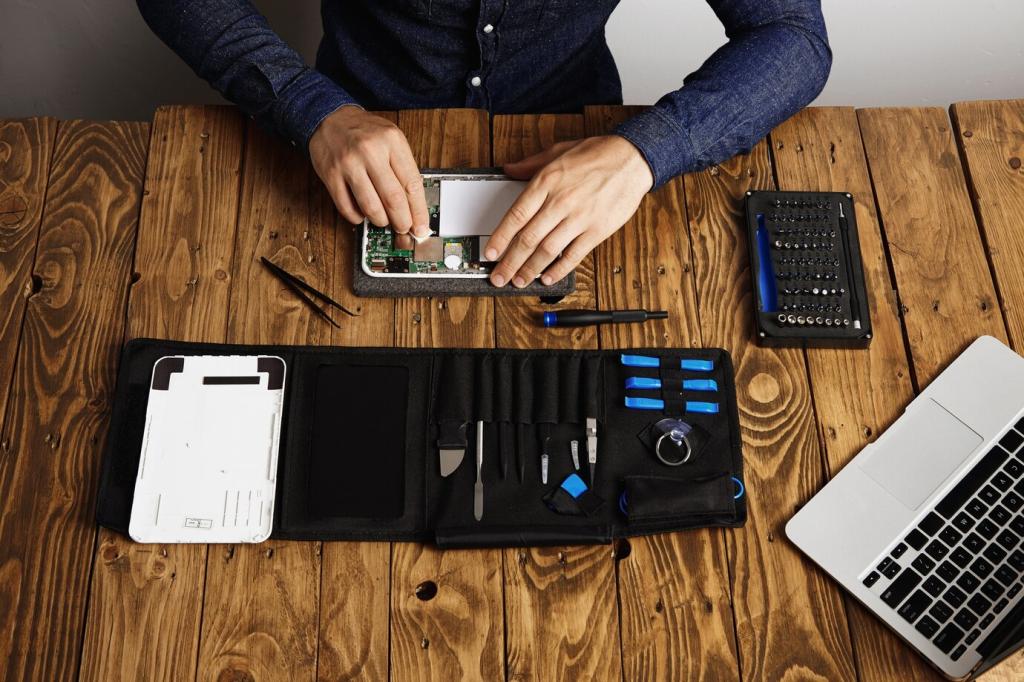Use Cases, Migration Paths, and Real Stories
If you are wrapping an existing PWA, building a kiosk app, or need a minimal native bridge with total front-end freedom, Cordova can be ideal. Your team controls the stack entirely and can optimize exactly where your domain demands precision and unique visual treatments.
Use Cases, Migration Paths, and Real Stories
A small startup shared that moving to Ionic cut UI refactoring by half and improved app-store ratings by one star in three months. Ready-made components reduced edge-case bugs. Their designers focused on content and brand, not recreating platform behaviors from scratch each sprint.











